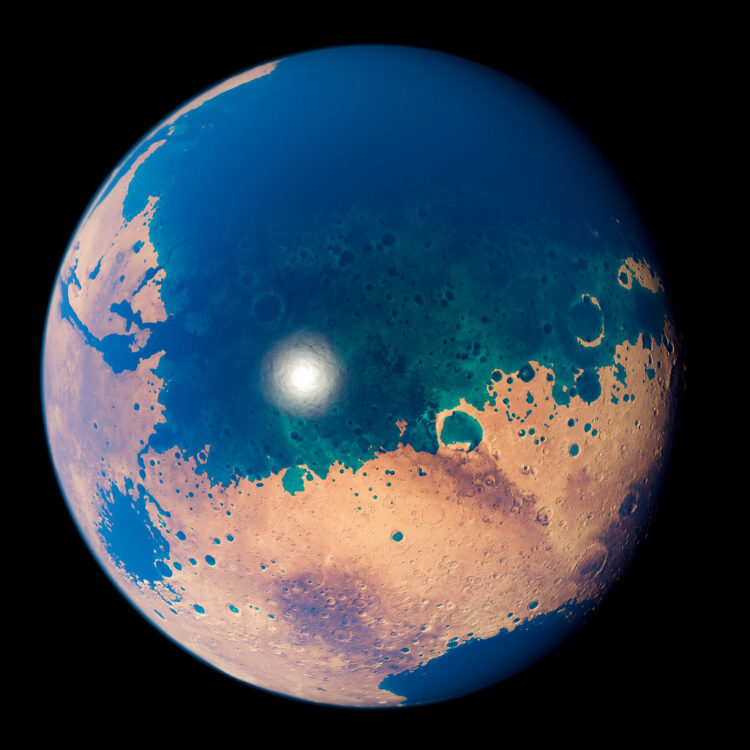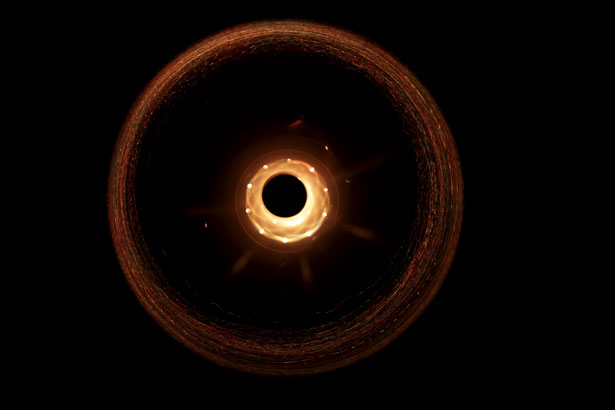First rockets, now politics: How the Artemis Accords are tackling space governance
With trillions of stars and unknown planets alike, space has always been an endless void of possibilities and resources. And, as humans continue to ravage the Earth, we have begun to look towards space as an alternative supply of opportunities. But, without international law, what will prevent another misuse and overuse of resources? Meet the […]
First rockets, now politics: How the Artemis Accords are tackling space governance Read More »







